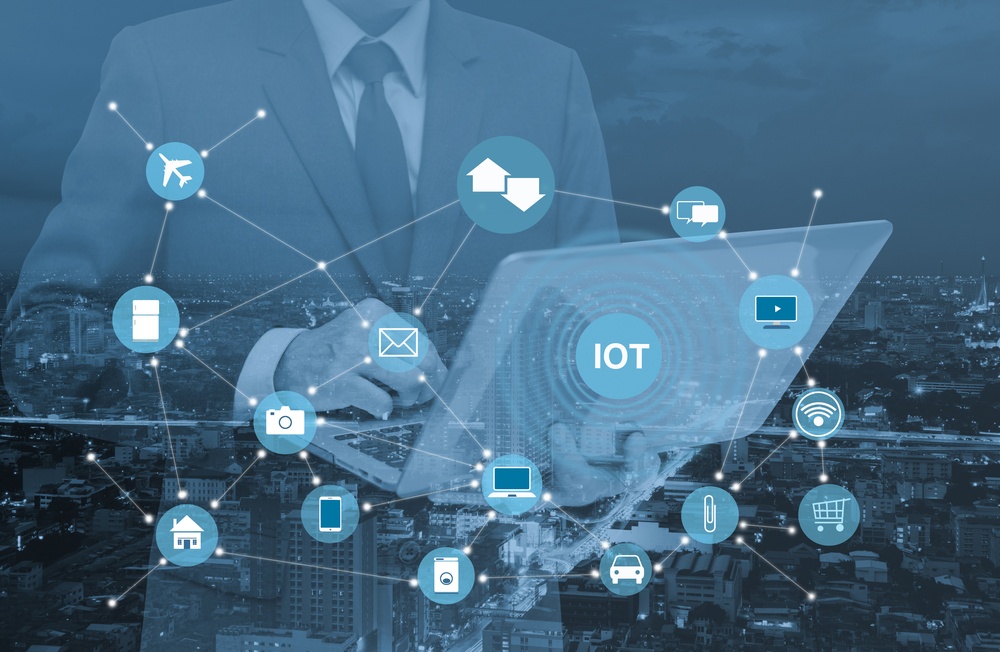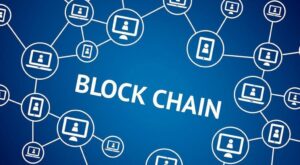The Internet of Things (IoT) is a term used to describe the interconnected network of physical devices, vehicles, and other objects that are embedded with sensors, software, and network connectivity.
These devices can collect and exchange data, making it possible to monitor and control them remotely.
Table of Contents
IoT has already had a significant impact on daily life, and it is expected to continue to revolutionize the way we live and work in the future.
Smart Homes
One of the most significant impacts of IoT on daily life is in the area of smart homes. IoT-enabled devices such as smart thermostats, lighting systems, and security systems allow homeowners to control and monitor their homes remotely. These devices can learn a user’s preferences and adjust settings accordingly, making homes more energy-efficient and secure.
For example, a smart thermostat can learn a user’s habits and automatically adjust the temperature to their preferred setting. This means that the user does not have to manually adjust the thermostat every time they want to change the temperature. Similarly, a smart lighting system can automatically turn lights on and off based on the user’s schedule or movement in a room.
Security systems can also be connected to the IoT, allowing homeowners to monitor their homes remotely. They can receive notifications on their phones if a door or window is opened, and can even view live video feeds from security cameras. This provides an extra layer of security and peace of mind for homeowners.
Wearables
IoT-enabled wearables such as fitness trackers and smartwatches are also having a significant impact on daily life. These devices allow users to monitor their health and fitness levels, track their daily activities, and receive notifications and alerts. They can also be used to make payments and access other smart devices.
Fitness trackers, for example, can monitor a user’s heart rate, steps taken, and calories burned. This information can be used to set fitness goals and track progress over time. Smartwatches can also be used to track fitness goals, as well as receive notifications and alerts from a user’s smartphone.
Wearables can also be used for contactless payments. Many smartwatches and fitness trackers now have contactless payment capabilities, allowing users to make payments without needing to carry a wallet or phone.
Healthcare
IoT-enabled devices are transforming the healthcare industry by providing real-time monitoring of patient’s health conditions and enabling doctors to remotely monitor patients. This has the potential to improve patient outcomes and reduce healthcare costs.
For example, IoT-enabled medical devices can monitor a patient’s blood pressure, heart rate, and other vital signs in real time. This information can be transmitted to healthcare providers, who can use it to make more informed decisions about a patient’s care.
Telemedicine is another area where IoT is having a significant impact. Telemedicine allows patients to consult with healthcare providers remotely, using video conferencing and other technologies. This is especially useful for patients who live in remote areas or have difficulty traveling to a healthcare facility.
Transportation
IoT-enabled vehicles are transforming the transportation industry by providing real-time data on traffic conditions, vehicle performance, and other factors. This can be used to improve road safety and reduce traffic congestion.
For example, IoT-enabled vehicles can communicate with other vehicles and infrastructure to provide real-time traffic information. This information can be used to optimize traffic flow and reduce congestion.

Autonomous vehicles are also being developed, which have the potential to reduce accidents and improve transportation efficiency. Autonomous vehicles use sensors and other technologies to navigate roads and avoid obstacles. This can reduce the risk of accidents caused by human error, and also reduce the need for drivers in certain situations.
Smart Cities
IoT is being used to create smart cities with connected infrastructure such as smart traffic lights, waste management systems, and public transportation systems. This can improve city services and reduce costs.
For example, smart traffic lights can be used to optimize traffic flow and reduce congestion. Waste management systems can use IoT to monitor trash levels in bins and optimize collection routes. Public transportation systems can use IoT to improve efficiency and reduce wait times for passengers.
Overall, IoT has the potential to improve efficiency, reduce costs, enhance convenience, and improve quality of life in many ways. However, it also raises concerns about privacy, security, and data ownership, which must be addressed to ensure that its benefits are fully realized.
Privacy concerns
One of the biggest concerns surrounding IoT is privacy. IoT-enabled devices collect and transmit vast amounts of data, which can include personal information such as a user’s location and health data. This data can be used to create detailed profiles of users, which can be used for targeted advertising or other purposes.
To address privacy concerns, manufacturers of IoT devices must ensure that devices are secure and that user data is protected. This can be achieved by using strong encryption, implementing access controls, and ensuring that software is up-to-date.
Security concerns
Security is another concern with IoT. IoT devices can be vulnerable to hacking, which can result in sensitive data being compromised or devices being hijacked for malicious purposes.
Manufacturers must ensure that devices are designed with security in mind, and that they are regularly updated to address new threats. Users can also take steps to protect themselves, such as using strong passwords and avoiding unsecured networks.
Data ownership concerns
Finally, ownership of data is another concern with IoT. Because IoT devices collect and transmit vast amounts of data, it is important to establish clear ownership and control over that data.
Manufacturers must be transparent about what data is collected and how it is used, and users must be given control over their own data. This can be achieved through clear privacy policies and user agreements.
In conclusion
IoT is already having a significant impact on daily life, and it is expected to continue to transform the way we live and work in the future. While it offers many benefits, it also raises concerns about privacy, security, and data ownership, which must be addressed to ensure that its benefits are fully realized.




